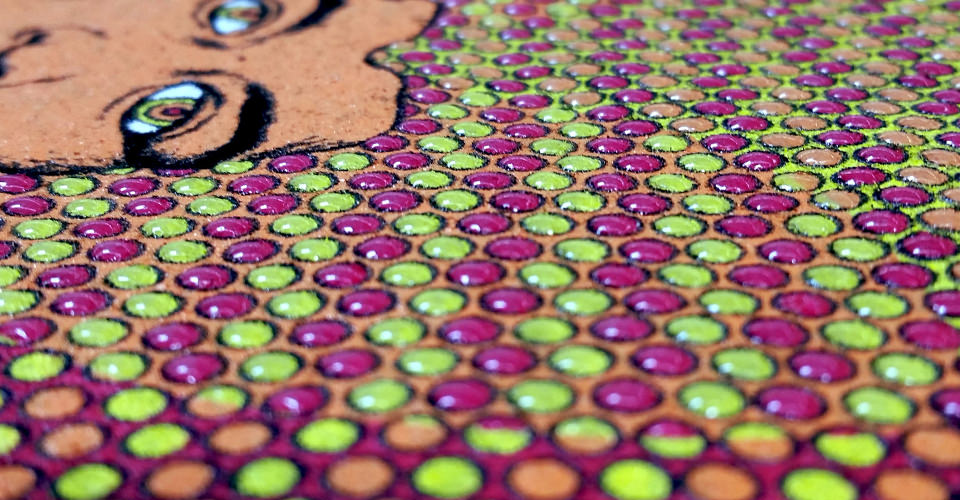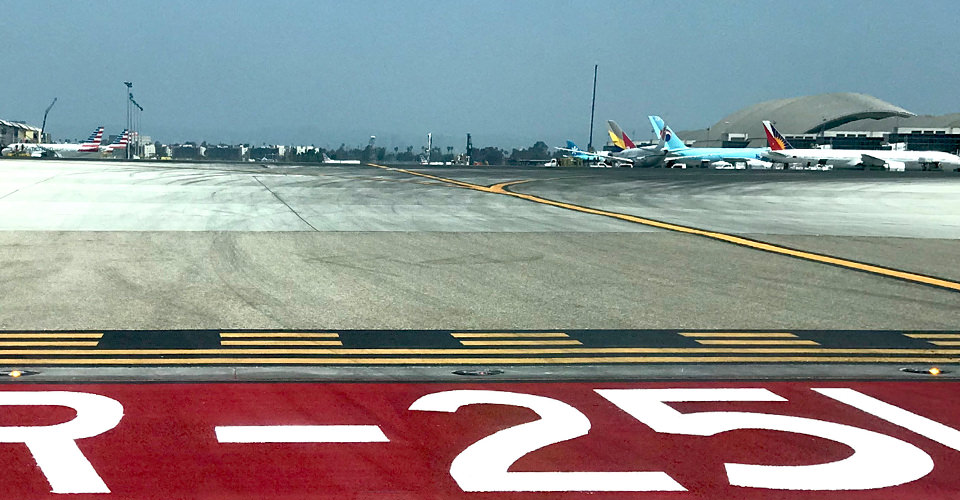HCS 2012 (GHS) is in Full Effect â Are you Prepared?
November 21, 2017
 The GHS regulations are now in full effect - how are you impacted? Here's an article from Steve Kahane, International Coatings' President, recently published in the September/October '17 SGIA Journal:
You may not readily recognize its name, but the 2012 Hazard Communication Standard (HCS 2012) is a regulation that has a profound day-to-day impact on your business and businesses worldwide. It touches everyone, not just chemical manufacturers. After a multi-year phase in, HCS 2012 requires compliance with strict new Safety Data Sheet (SDS) and label requirements, and broadens the definitions of manufacturers and products that fall under its purview.
HCS 2012 significantly modifies previous chemical hazard communication requirements, most notably Material Data Safety Sheets (MSDS). Communications must now conform to the United Nations’ (UN) Globally Harmonized System of Classification and Labeling of Chemicals (GHS). HCS 2012 is more detailed and encompassing in its hazard evaluation and labeling of chemicals than previous OSHA and MSDS requirements, and is designed to harmonize our safety and labeling communication processes with international standards (making it easier for importers and exporters).
Here are the three major elements of the Hazard Communication Standard that you need to be familiar with:
The GHS regulations are now in full effect - how are you impacted? Here's an article from Steve Kahane, International Coatings' President, recently published in the September/October '17 SGIA Journal:
You may not readily recognize its name, but the 2012 Hazard Communication Standard (HCS 2012) is a regulation that has a profound day-to-day impact on your business and businesses worldwide. It touches everyone, not just chemical manufacturers. After a multi-year phase in, HCS 2012 requires compliance with strict new Safety Data Sheet (SDS) and label requirements, and broadens the definitions of manufacturers and products that fall under its purview.
HCS 2012 significantly modifies previous chemical hazard communication requirements, most notably Material Data Safety Sheets (MSDS). Communications must now conform to the United Nations’ (UN) Globally Harmonized System of Classification and Labeling of Chemicals (GHS). HCS 2012 is more detailed and encompassing in its hazard evaluation and labeling of chemicals than previous OSHA and MSDS requirements, and is designed to harmonize our safety and labeling communication processes with international standards (making it easier for importers and exporters).
Here are the three major elements of the Hazard Communication Standard that you need to be familiar with:
- Hazard classifications: HCS 2012 provides specific hazard definitions and criteria for hazard classification. These go well beyond those used previously. They are designed to ensure that hazard evaluations are consistent across manufacturers, and that labels and safety data sheets are more accurate as a result.
- Labels: Labels must now include new additional information – a harmonized signal word, pictogram, and hazard statement for each hazard class and category. Precautionary statements must also be provided. It’s not just the end products that need to be labeled and tracked. Product intermediates (in-house color mixes, additive premixes…) may need to be labeled and tracked as well.
- Safety Data Sheets (SDS): Material Safety Data Sheets (MSDS) have been replaced with a new SDS format that follows a specified 16-section format.
- Understand the law. SGIA is an excellent resource for HCS 2012 and its application to the print industry. Start at https://www.sgia.org/government-watch/safety-and-health. You can find additional information on OSHA’s web site, https://www.osha.gov/dsg/hazcom/ghs.html.
- Be sure all of your safety information is up to date, you have current and compliant SDS’ from all of your suppliers, and you in turn are providing compliant information to your employees and customers.
- Familiarize yourself with the information on the new labels. Not only do the labels contain much more information, some of that information is new and different from what was previously provided. In particular, the new hazard ‘pictograms’ and hazard classification system are very different from the old HMIS system.
- If you are a distributor or reseller, there are now certain new requirements and obligations with which you will need to comply. For example, if you repackage, blend or mix inks (or any other chemicals), HCS 2012 considers you a manufacturer. That in turn requires you to generate SDS and labeling for any products from the original manufacturers that you’ve opened and handled.
- If you are an exporter, be sure to confirm that your hazard classifications and labeling conform to the requirements of countries importing your products. While the law is intended to ‘harmonize’ with other global standards, HCS 2012 may not follow that same hazard classification system protocols as those in other countries.


